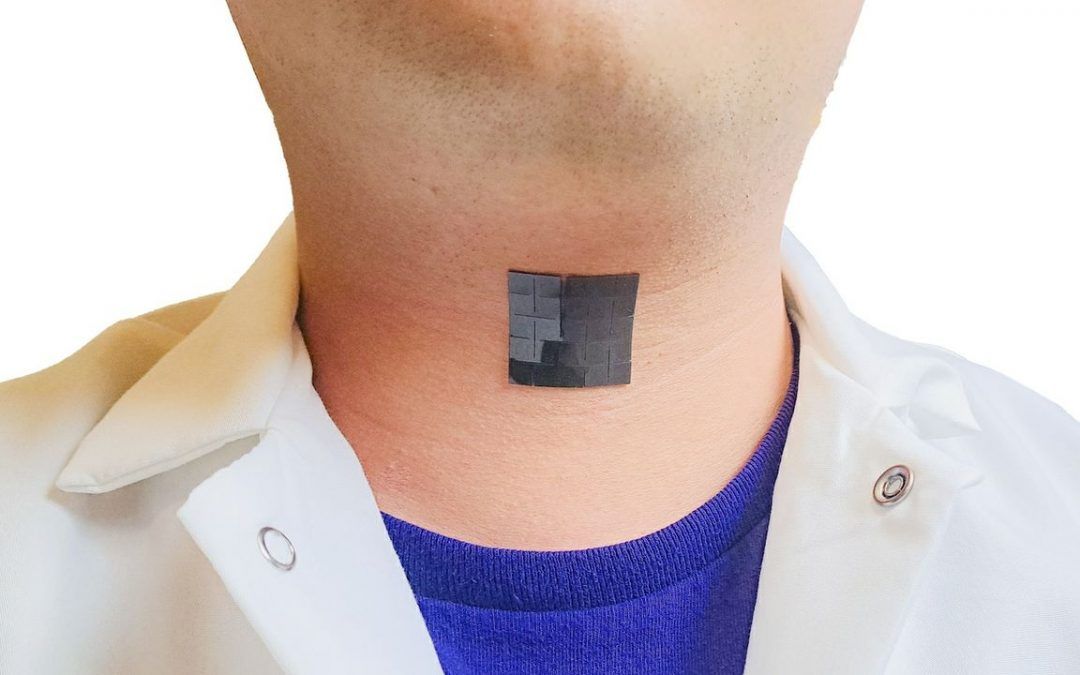Summary:
People suffering from voice disorders due to conditions like pathological vocal cord issues or post-laryngeal cancer surgeries face significant challenges in communication. Voice disorders affect people of all ages and demographics, with nearly 30% of individuals experiencing such conditions in their lifetime. Traditional therapeutic approaches often involve invasive procedures and lengthy recovery periods.
However, a groundbreaking innovation by a team of engineers at UCLA offers hope. Their invention, detailed in the journal Nature Communications, introduces a soft, stretchy device that attaches to the skin outside the throat, enabling individuals to regain their voice function.
Measuring just over 1 square inch, the device utilizes advanced machine-learning algorithms to translate muscle movements in the larynx into audible speech with remarkable accuracy, nearing 95%.
The newly developed patch-like device consists of two main components: a self-powered sensing unit and an actuation component. The sensing unit detects and converts muscle movement signals into electrical impulses, which are then translated into speech signals by the actuation component. This seamless process is made possible by a sophisticated system of layers, including biocompatible silicone compound and magnetic induction layers.
At just 0.06 inches thick and weighing approximately 7 grams, the device is lightweight and unobtrusive. It adheres easily to the throat using double-sided biocompatible tape and can be reused by reapplying the tape as needed. This non-invasive solution offers a significant improvement over existing options, such as handheld electro-larynx devices, which can be cumbersome and uncomfortable.
The device’s effectiveness was demonstrated through experiments on healthy adults, where it achieved an impressive prediction accuracy of 94.68%. Participants were able to pronounce sentences with their voices amplified by the device’s actuation component, showcasing its ability to recognize and reproduce speech based on laryngeal movement signals.
Moving forward, the research team aims to expand the device’s vocabulary through further machine learning advancements and conduct trials with individuals suffering from speech disorders. This ongoing research holds the potential to revolutionize communication for countless individuals worldwide.
Article written by Christine Wei-li Lee
14/03/2020
Source:
NewsRoom
https://newsroom.ucla.edu/releases/speaking-without-vocal-cords-ucla-engineering-wearable-tech

